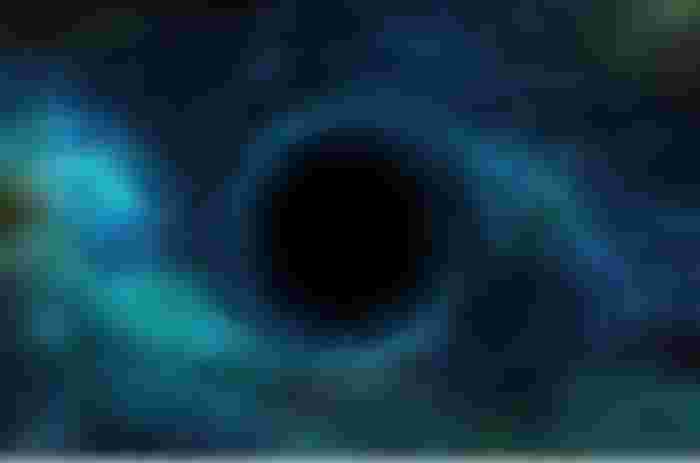Dark matter is a hypothetical form of matter thought for account to approximately 85% of the matter's in the universe and about 27% of its total mass-energy density or about.
Dark matter has not yet been observed directly. But the existence of dark matter is generally accepted by the scientific community.
The mysterious substance that exerts gravity but doesn't interact with light might be made of tiny black holes permeating the universe. And according to a new theory, those black holes are made from Fermi balls.
"We find that in some cases, the Fermi balls are so dense that the fermions are too close to each other, triggering the collapse of a Fermi ball [in]to a black hole," Ke-Pan Xie, a researcher at the Center for Theoretical Physics at Seoul National University in South Korea, told Live Science.
The case for primordial black holes
We have bot enough technology or knowledge to explain dark matter. This mysterious substance makes up more then 80% of the mass of every large structure of the universe. Astronomers has found many evidence that proves that dark matter does exist.
One intriguing possibility is that dark matter originated from black holes. After all, black holes, like dark matter, emit no light. "As a kind of nonluminous and compact object, black holes are a natural explanation for the dark matter," Xie said.
The earliest moments of the universe featured some pretty mind-boggling physics. Perhaps whatever was going on back then spawned trillions of smaller black holes. Those black holes could persist to the present day, potentially solving the dark matter riddle.
But to explain dark matter, the theory would have to make enough black holes

A frothy universe
Xie and Kawana added several ingredients to their model, which is described in a paper published in June to the preprint database arXiv.
The first ingredient was something called a scalar field, which is quantum mechanical entity that encompasses all of space. As the universe expanded and cooled, that scalar field underwent a phase transition, transforming from one quantum mechanical state to another.
That phase transition didn't happen all at once throughout the entire universe. Instead, there were a few points where the transition began from and then spread — just as a few bubbles in a pot of boiling water merge to form bigger bubbles, Xie said.
"This process is called a first-order phase transition: Water transfers from 'liquid phase' into 'gas phase,' and the latter first exists as growing bubbles," Xie said.
The new scalar field state, called the "ground state," spreads out from these points like a bunch of fizzing bubbles. Eventually, the bubbles merge completely, and the scalar field finishes its transition.
How to make Fermi balls
To make primordial black holes that seed dark matter, however, Xie and Kawana needed another ingredient. So they added a new kind of fermion to their model. Fermions are a category of particles that make up the building blocks of the universe. For instance, the electrons, protons and neutrons that make up the atoms in your body are all fermions.
In the very early universe, these fermions moved freely within the scalar field. But according to the recipe that Xie and Kawana have cooked up, these fermions couldn't penetrate the little foaming bubbles of the new ground state of the cosmos as the phase transition proceeded.
As the bubbles grew, the fermions crowded into the remaining pockets, becoming Fermi balls. And that's when things went really haywire for them.
That's because there was an additional force, known as a Yukawa interaction, between the fermions, caused by that very same scalar field, Xie and Kawana proposed in the paper. Normally, fermions don't like to be crammed into small volumes together, but the scalar field added an attractive force that could overwhelm that natural repulsion, they theorized.
As an example, protons and neutrons are made of even tinier particles, called quarks. Quarks are fermions and normally hate each other, but an extra force, the strong force, glues them together. That force can be modeled as a Yukawa interaction, similar to the early-universe physics at play in Xie and Kawana's model.
Once the Yukawa attraction took hold, it was game over for the little Fermi balls, according to Xie and Kawana's theory. Wedged into little pockets of a rapidly changing universe, the clumps of fermions catastrophically collapsed, forming huge numbers of black holes.
Those black holes then survived through the end of the phase transition, going on to flood the universe as dark matter.
At least, that's the idea. It's a radical suggestion, but when it comes to the physics of the early universe — and the mystery surrounding dark matter — we need some radical suggestions, along with a healthy dose of observations, to make progress.

Now someone talking real thing. Wonderfully explained & worthy topic. Good job dear. Keep it up.